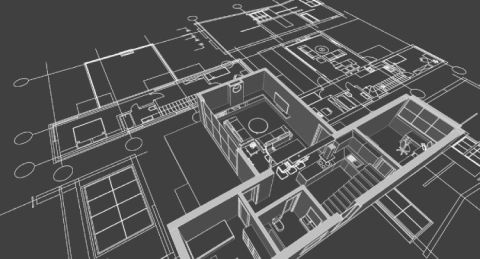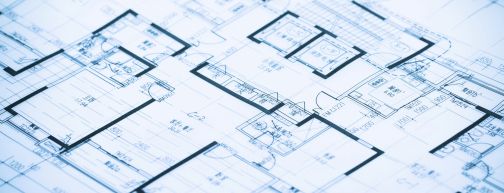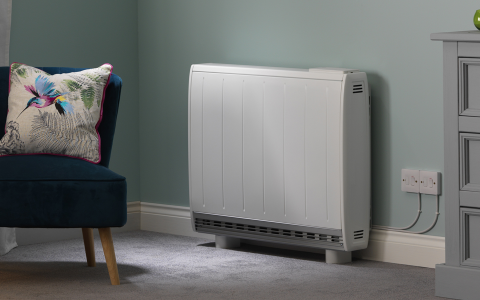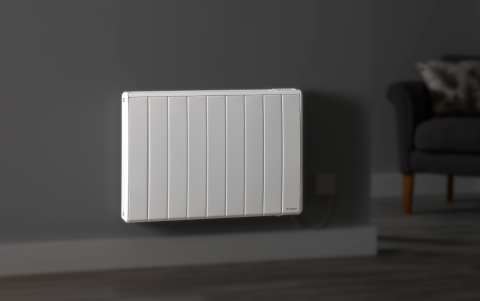
Part L and the UK’s Zero Carbon Future

The UK government is committed to sustainable growth and the green agenda. This is demonstrated through various legally binding targets and standards, from which the Climate Change Act 2008 (CCA) is considered one of the most important. The Act mandates an 80% reduction in CO2 from the 1990 levels, which are used as a baseline, by 2050.
The Zero Carbon Buildings policy forms part of Government’s wider strategy to achieving the CCA target, while at the same time assists in tackling other important issues including energy security and fuel poverty.
Zero Carbon Policy
The policy, as set out today, requires all new homes from 2016 to mitigate, through various measures, all the carbon emissions produced on-site as a result of the regulated energy use. This includes energy used to provide space heating and cooling, hot water and fixed lighting, as outlined in Part L1A of the Building Regulations. The policy itself is well aligned with wider European policy, specifically the Energy Performance of Buildings Directive which requires all new buildings to be nearly Zero Energy Buildings from 2020.
There are three core requirements which must all be met for a home to qualify as zero carbon:
• The fabric performance must, at a minimum, comply with the defined standard known as the Fabric Energy Efficiency Standard (FEES)
• Any CO2 emissions that remain after consideration of heating, cooling, fixed lighting and ventilation, must be less than or equal to the Carbon Compliance limit established for zero carbon homes
• Any remaining CO2 emissions, from regulated energy sources (after requirements one and two have been met), must be reduced to zero.
Requirement three may be met by either deliberately ‘over performing’ on requirements one and two so that there are no remaining emissions, or by investing in Allowable Solutions.
Through compliance with Part L, new homes will be better able to meet these qualifications for zero carbon. But for the UK’s zero carbon future to be achieved that work must start now. This is because buildings being erected today will still be standing in 25 years times and they will need to meet government set levels for carbon emissions. By 2050 the expectation is that gas consumption will be actively reduced, the impetus is, therefore, to improve electricity ratings of buildings now.











